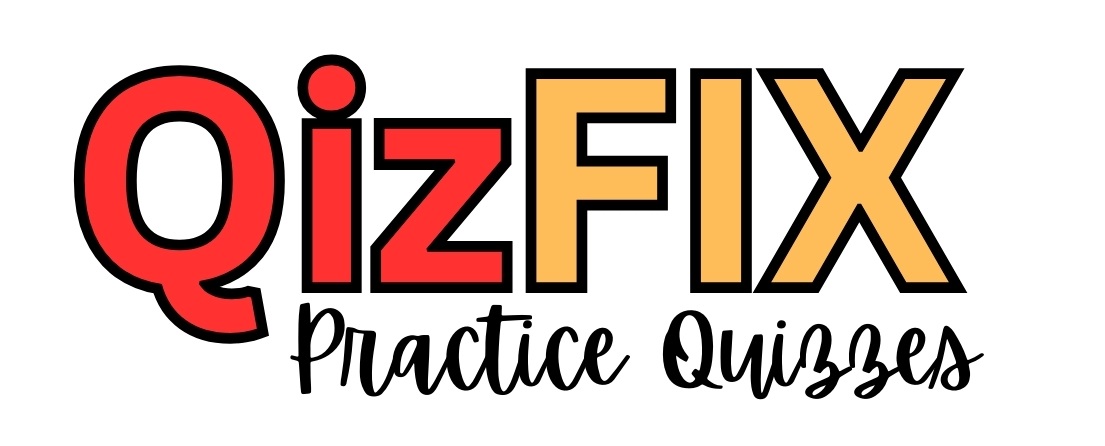- According to the video “Languages for Data Professionals”, which of the programming languages supports multiple programming paradigms, such as object-oriented, imperative, functional, and procedural, making it suitable for a wide variety of use cases? Python
- Apache Spark is a general-purpose data processing engine designed to extract and process Big Data for a wide range of applications. What is one of its key use cases? Perform complex analytics in real-time
- Data Marts and Data Warehouses have typically been relational, but the emergence of what technology has helped to let these be used for non-relational data? NoSQL
- In the data analyst’s ecosystem, languages are classified by type. What are shell and scripting languages commonly used for? Automating repetitive tasks
- In use cases of RDBMS, what is one of the reasons that relational databases are so well suited for OLTP applications? Support the ability to insert, update, or delete small amounts of data
- Structured Query Language, or SQL, is the standard querying language for what type of data repository? RDBMS
- What data type is typically found in databases and spreadsheets? Structured data
- What does the attribute “Velocity” imply in the context of Big Data? The speed of which data accumulates
- What does the attribute “Veracity” imply in the context of Big Data? Accuracy and conformity of data to facts
- What is one example of the relational databases discussed in the video? SQL Server
- What is one of the most significant advantages of RDBMS? Is ACID-compliant
- What type of data repository is used to isolate a subset of data for a particular business function, purpose, or community of users? Data Mart
- Which data source can return data in plain text, XML, HTML, or JSON among others? API
- Which NoSQL database type stores each record and its associated data within a single document and also works well with Analytics platforms? Document-based
- Which of the Big Data processing tools provides distributed storage and processing of Big Data? Hadoop
- Which of the data repositories serves as a pool of raw data and stores large amounts of structured, semi-structured, and unstructured data in their native formats? Data Lakes
- Which of the following is an example of unstructured data? Video and audio files
- Which of the following languages is one of the most popular querying languages in use today? SQL
- Which of these data sources is an example of semi-structured data? E-mails
- Which one of the NoSQL database types uses a graphical model to represent and store data, and is particularly useful for visualizing, analyzing, and finding connection between different pieces of data? Graph-based
- Which one of the provided file formats is commonly used by APIs and Web Services to return data? JSON
- Which one of these file formats is independent of software, hardware, and operating systems and can be viewed the same way on any device? PDF
Other Links:
See other websites for quiz:
Check on QUIZLET
